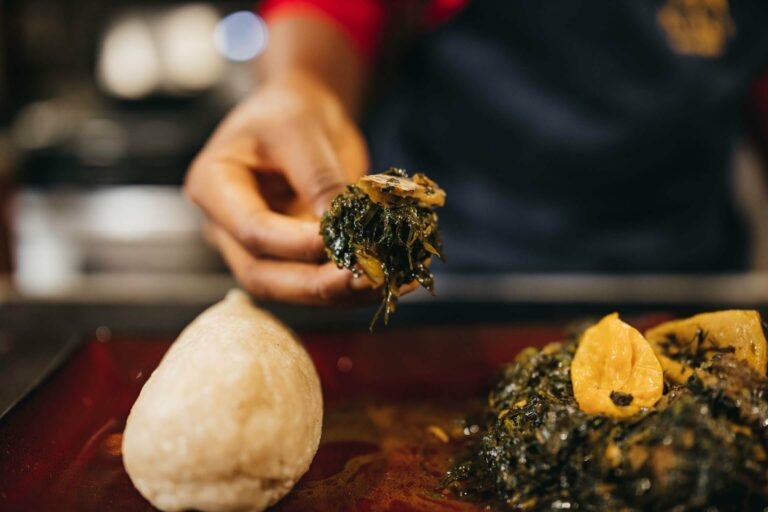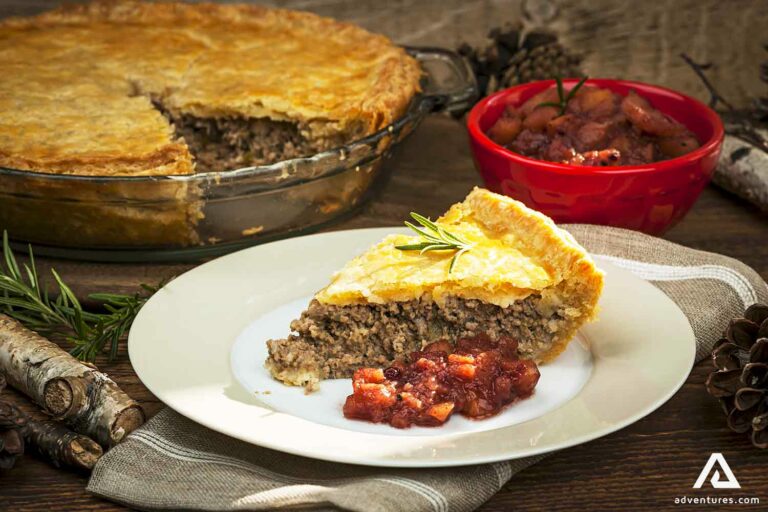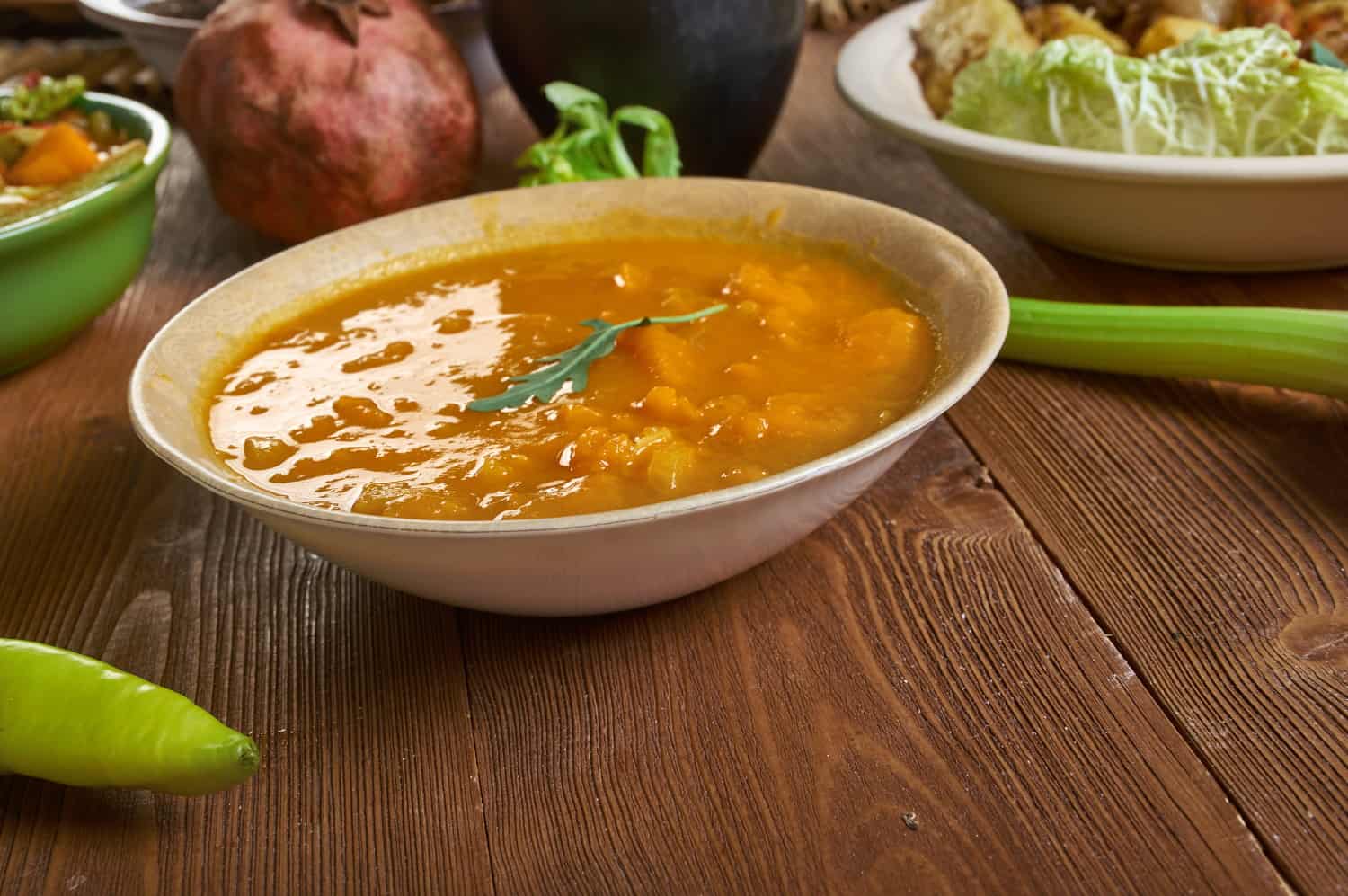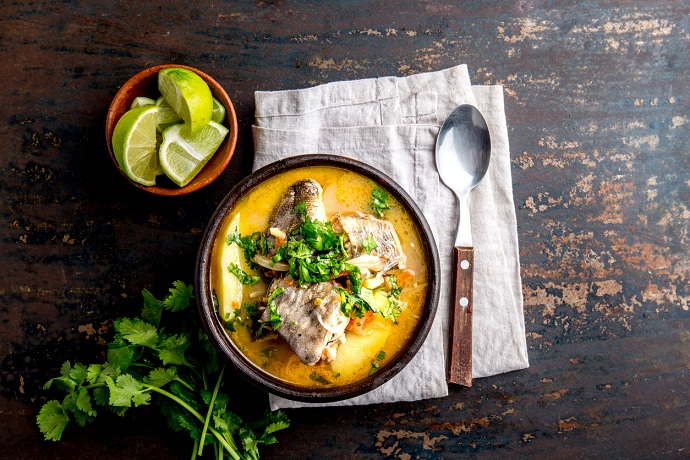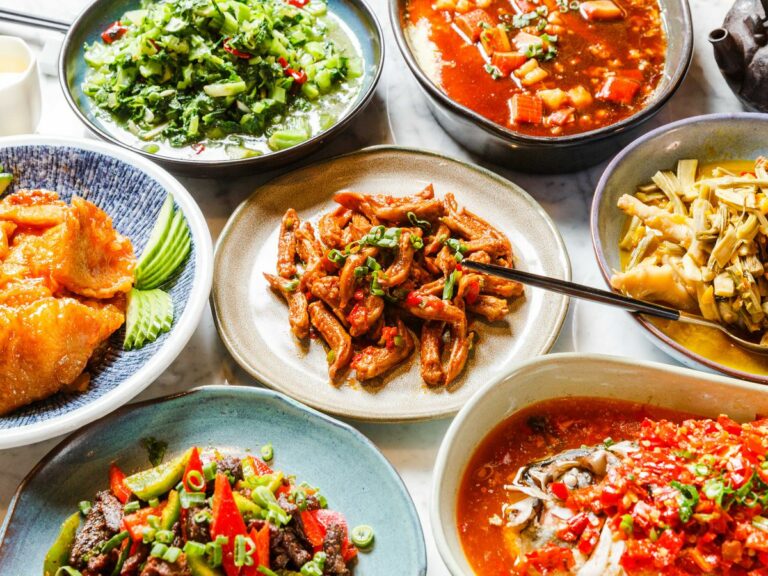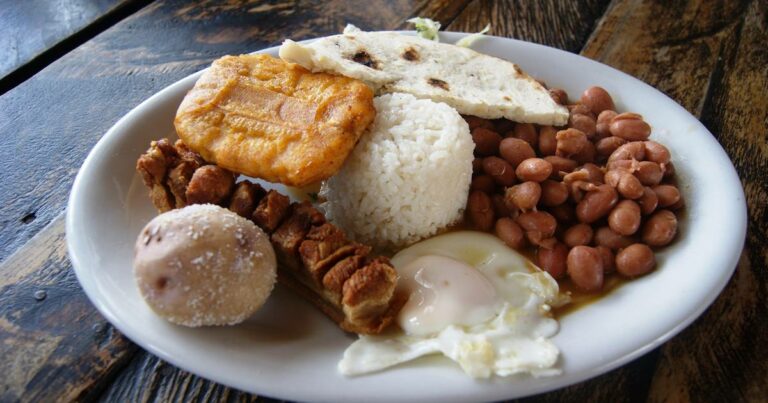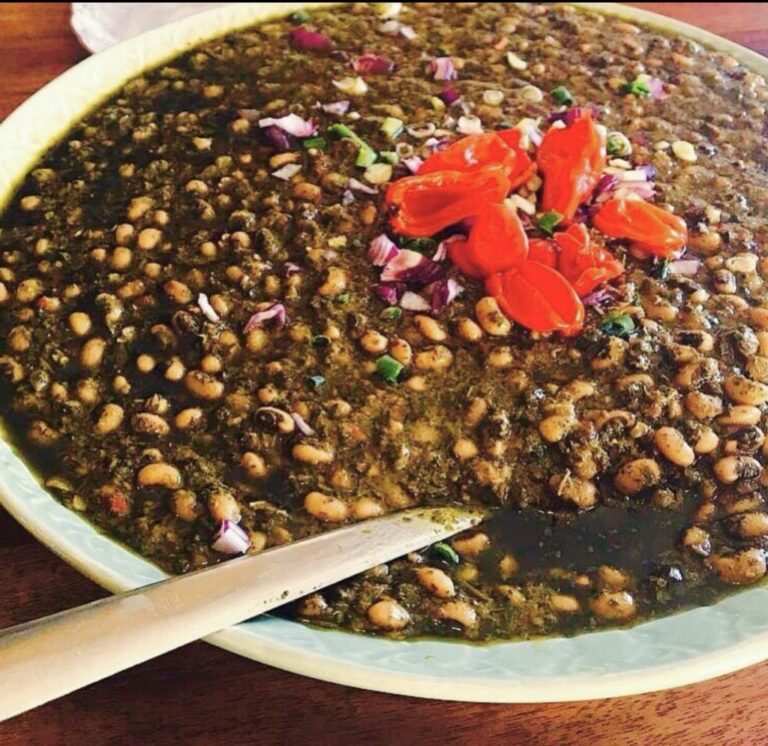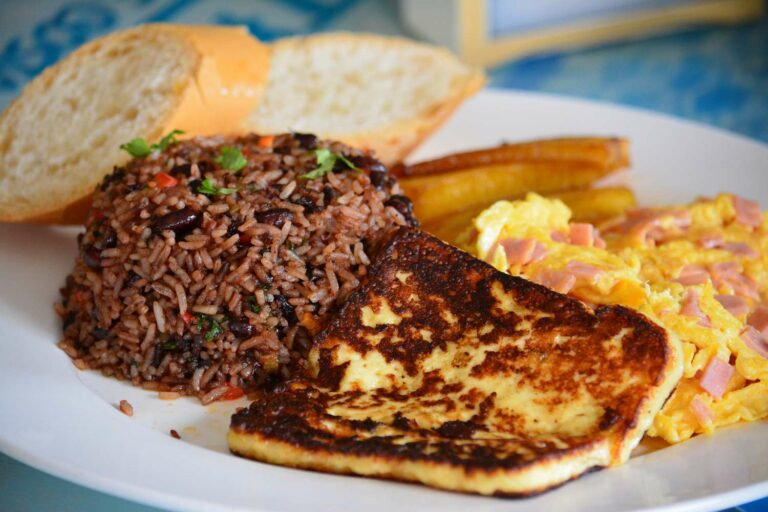Introduction: Beverages in Cameroonian Cuisine
Cameroonian cuisine is rich and diverse, with a variety of unique flavors and ingredients. When it comes to beverages, Cameroonian cuisine offers a range of refreshing and healthy options that are perfect for quenching your thirst. From traditional drinks to new creations, there’s something for every taste bud in Cameroonian cuisine.
Palm Wine: The Traditional Cameroonian Drink
Palm wine is the most popular traditional drink in Cameroon. It is made from the sap of the palm tree, which is collected by cutting the tree’s flower stalk. The sap is then fermented for a few hours to a few days, depending on the desired flavor. The result is a slightly sweet, tangy, and alcoholic beverage that is enjoyed by both young and old in Cameroon.
Palm wine is not only a delicious drink, but it also has several health benefits. It is rich in vitamins, minerals, and antioxidants that help boost the immune system and improve overall health. Palm wine is also a natural diuretic that helps flush out toxins from the body, making it a great drink for detoxification.
Bissap: The Refreshing and Healthy Hibiscus Drink
Bissap is a refreshing and healthy drink that is made from the calyx of the hibiscus flower. The calyx is boiled in water with ginger, cloves, and cinnamon to create a flavorful and aromatic infusion. The drink is then sweetened with sugar or honey and served cold.
Bissap is not only delicious but also has several health benefits. It is rich in antioxidants that help fight free radicals and prevent cell damage. Bissap is also a natural diuretic that helps improve kidney function and reduce high blood pressure. It is a popular drink during Ramadan and other religious ceremonies in Cameroon.
Ginger Juice: The Spicy and Tangy Delight
Ginger juice is a spicy and tangy drink that is made from fresh ginger root. The ginger root is grated and boiled in water with lemon juice and honey to create a flavorful and refreshing drink that is perfect for hot summer days.
Ginger juice has several health benefits. It is anti-inflammatory, helps improve digestion, and boosts the immune system. It is also a natural remedy for nausea and vomiting, making it a popular choice for pregnant women.
Poyo: The Fermented Corn Drink
Poyo is a traditional fermented corn drink that is popular in the coastal regions of Cameroon. It is made by soaking corn in water for several days until it starts to ferment. The fermented corn is then pounded and boiled in water to create a thick porridge-like mixture. The mixture is then left to ferment again before it is ready to drink.
Poyo is a popular drink during festivals and other cultural events in Cameroon. It is believed to have several health benefits, including improving digestion and boosting the immune system.
Ndolé Water: The Vegetable Drink with a Twist
Ndolé water is a unique vegetable drink that is made from the leaves of the Ndolé plant. The leaves are boiled and mixed with spices to create a flavorful and aromatic broth that is served as a drink.
Ndolé water is a popular drink in the Central and West regions of Cameroon. It is believed to have several health benefits, including improving digestion and reducing inflammation.
Bamenda Orange Juice: The Zesty Drink from the Mountains
Bamenda orange juice is a zesty and refreshing drink that is made from fresh oranges. The oranges are peeled and blended with water and sugar to create a flavorful and citrusy drink that is perfect for breakfast or as a mid-day snack.
Bamenda orange juice is a popular drink in the mountainous regions of Cameroon. It is believed to have several health benefits, including improving digestion and boosting the immune system.
Cameroon Coffee: The Sweet and Aromatic Beverage
Cameroon coffee is a sweet and aromatic beverage that is made from coffee beans grown in the highlands of Cameroon. The beans are roasted and ground to create a rich and flavorful coffee that is enjoyed by coffee lovers around the world.
Cameroon coffee is known for its unique flavor and aroma, which is a result of the rich soil and climate conditions in the highlands of Cameroon. It is a popular drink in Cameroon and is often served with sugar and milk.
Conclusion: Experience the Unique Beverages of Cameroonian Cuisine
Cameroonian cuisine offers a range of unique and flavorful beverages that are perfect for quenching your thirst and improving your health. From traditional drinks like palm wine to new creations like Ndolé water, there’s something for every taste bud in Cameroonian cuisine. So come and experience the unique flavors of Cameroonian cuisine and enjoy the refreshing and healthy beverages that it has to offer.

